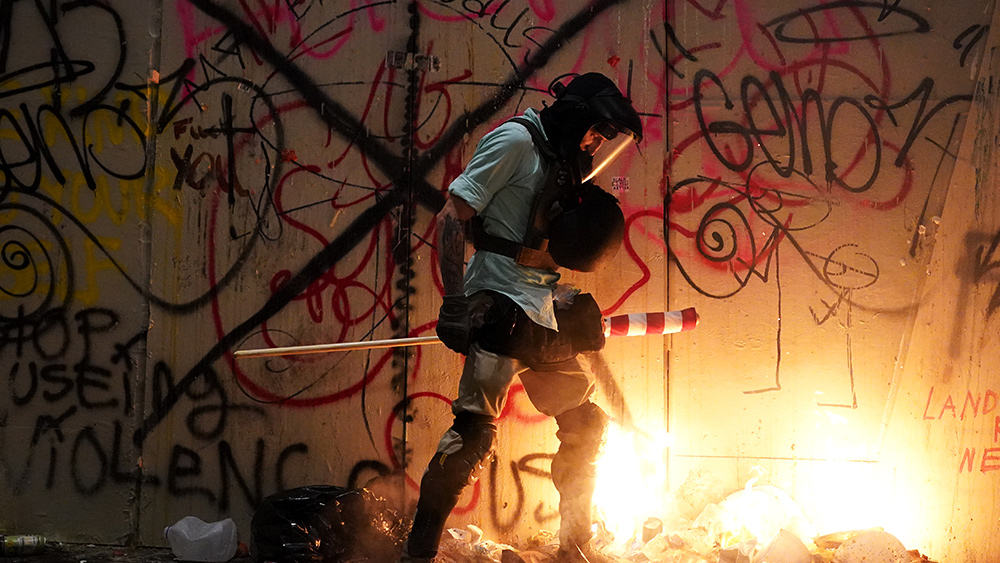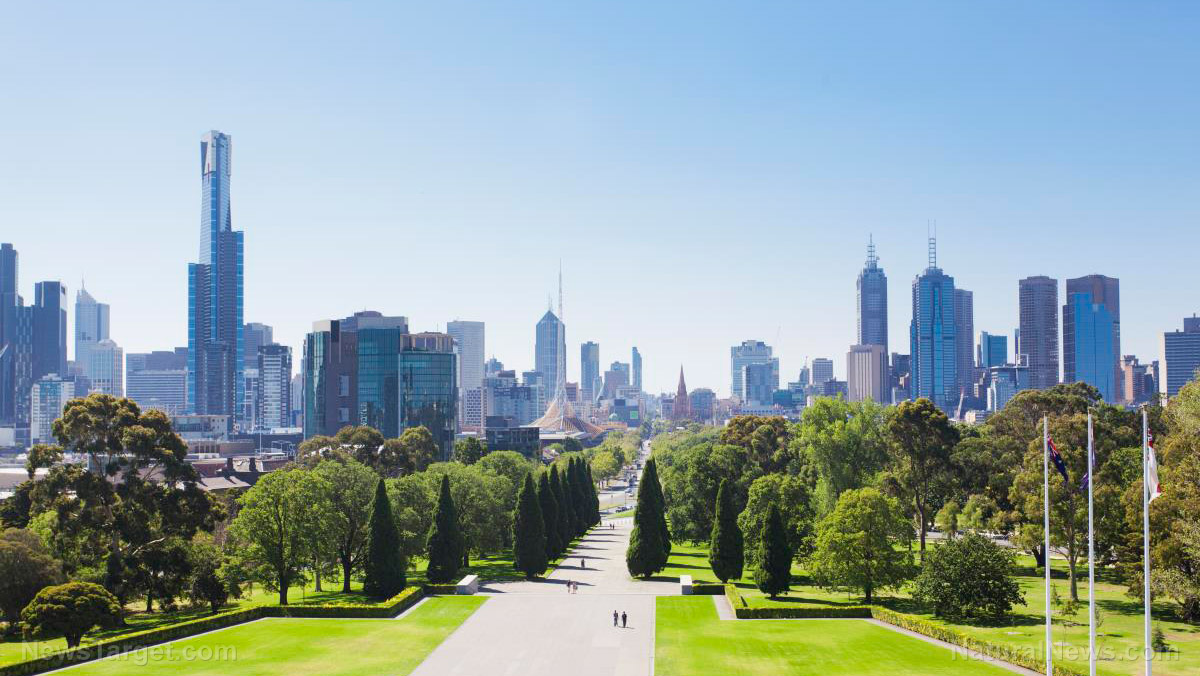
Advertisement
The Federal Bureau of Investigation (FBI) concluded that the “noose” found in NASCAR driver Bubba Wallace’s garage did not constitute a hate crime after footage showed it had been there since last year. The incident is just the latest example where a widely reported hate crime accusation involving a noose turned out to be a false alarm or an outright hoax.
Photos released by NASCAR do show that a garage door pull-rope at Garage 4 was indeed tied into a noose. However, federal investigators later found footage that revealed that it had been there since October 2019, when the garage had been assigned to another driver.
Once news of the incident broke out, celebrities and athletes flocked to support Wallace, with the hashtag #IStandWithBubba trending on Twitter.
Even after it was shown to be a false alarm, Wallace continued to double down on the incident, stating that he had experienced an act of racism. However, he eventually stated that he was “relieved” after the FBI found that he wasn’t the victim of a hate crime.
Prior to the incident, at least four other occurrences of supposed “nooses” that led to public outrage have crumbled under scrutiny.
Mistaken for hate crimes
In several incidents, the so-called hate crimes were simply cases of mistaken identity.
In June, Oakland, California, Mayor Libby Schaaf launched a hate crime investigation when alleged nooses were found in a local park. Schaaf stated that “Symbols of racial violence have no place in Oakland and will not be tolerated.”
It turned out, however, that the nooses were not what they seemed. Talking to local television station WKYT, a Black resident named Victor Sengbe stated that he had set up the ropes as part of an exercise course.
“Out of the dozen and hundreds and thousands of people that walked by, no one has thought that it looked anywhere close to a noose,” Sengbe told WKYT. “Folks have used it for exercise. It was really a fun addition to the park that we tried to create. It’s unfortunate that a genuine gesture of just wanting to have a good time got misinterpreted into something so heinous.”
Following Sengbe’s explanation, Schaaf doubled down on the ropes being “terrorizing symbols.”
“Intentions don’t matter when it comes to terrorizing the public,” Schaaf stated. “It is incumbent on all of us to know the actual history of racial violence, of terrorism, that a noose represents and that we as a city must remove these terrorizing symbols from the public view.”
In October of 2017, a female Michigan State University (MSU) student said she had found a noose on the handle of her door in a residence hall. This prompted a swift response from MSU President Lou Anna Simon, who said that she recognized “the courage it took for the student to report this incident.”
“This type of behavior is not tolerated on our campus,” Simon added. “No Spartan should ever feel targeted based on their race, or other ways in which they identify. A noose is a symbol of intimidation and threat that has a horrendous history in America.”
However, police later found that the “noose” was simply a shoelace that had been misplaced. Investigators found the matching packaged shoelace outside the residence hall and later spoke to the student who had lost both shoelaces – they were simply packaged in a way where they could be mistaken for a noose.
“The original shoelace found inside the residence hall was not directed at any individual,” MSU spokesman Jason Cody stated. “It originally was seen on hallway floor and later on a stairwell door handle, where officers believe someone put it after picking it up.”
Faking it for fame
While some of the incidences of these fake hate crimes came from misunderstandings, others were of a more malicious origin, with people faking hate crimes for attention.
Perhaps one of the more notable cases of a hate crime hoax was when Empire actor Jussie Smollett claimed that he had been attacked near his home in Chicago last year.
During the incident, Smollett had claimed that two men had yelled racist and homophobic slurs at him before throwing a rope around his neck and pouring a bleach-like substance on him.
While the incident sparked national outrage, Smollett soon found that outrage directed at him after Chicago police found out that he had paid two Nigerian brothers, Ambimbola and Olabinjio Osundairo, $3,500 to stage the attack in order to gain fame from the incident.
It’s not only celebrities conducting hoaxes for some fame and notoriety. In April 2016, Salisbury University officials confirmed that two Black students had drawn a stick figure hanging from a noose alongside a racial slur and the hashtag #WhitePower on a whiteboard in the school’s library.
The university’s police department investigated the drawings as a hate crime before they found out who the real culprits were. They did not, however, file criminal charges against the two students after consulting with the Wicomico County State’s Attorney’s Office.
“Regardless of who created the drawing, we find such actions demeaning to all members of the campus community and against our core values,” said Dane Foust, vice president of student affairs
Hoaxes have repercussions
The actions of these fakers have serious repercussions, especially in the current climate, where any perceived slight can feed the Left’s outrage machine. Many are quick to latch on to these incidents, using them to fuel their agendas, regardless of whether or not actual hate crimes are involved.
When Smollett’s fabrication came to light last year, Brian Levin, director of California State University, San Bernardino’s Center for the Study of Hate and Extremism, called it “the worst possible thing at the worst possible time.”
Back then, the argument was that these incidences were driving people on both sides towards the more extreme ends of the political spectrum.
This argument rings even more true now with the Wallace case, especially in light of the Black Lives Matter movement and the protest that continue to rage in a number of American cities today.
Sources include:
Advertisement
Advertisements
















